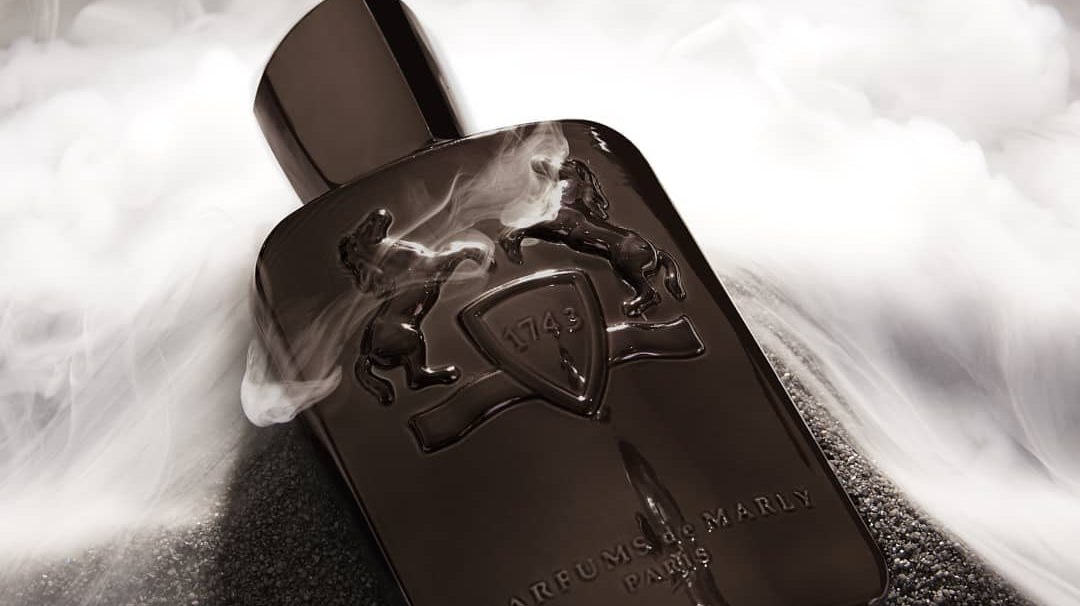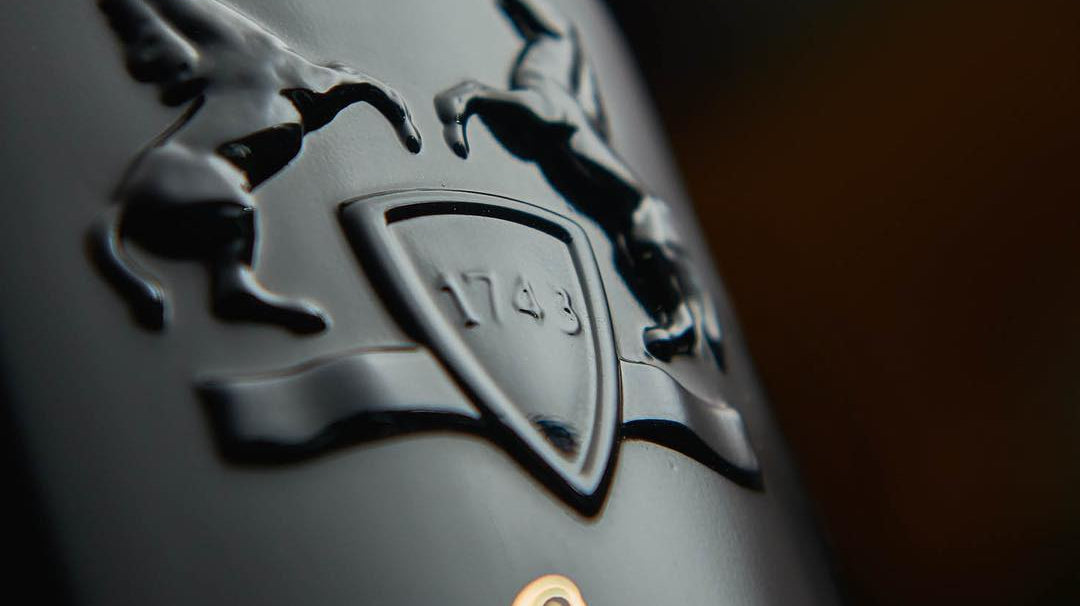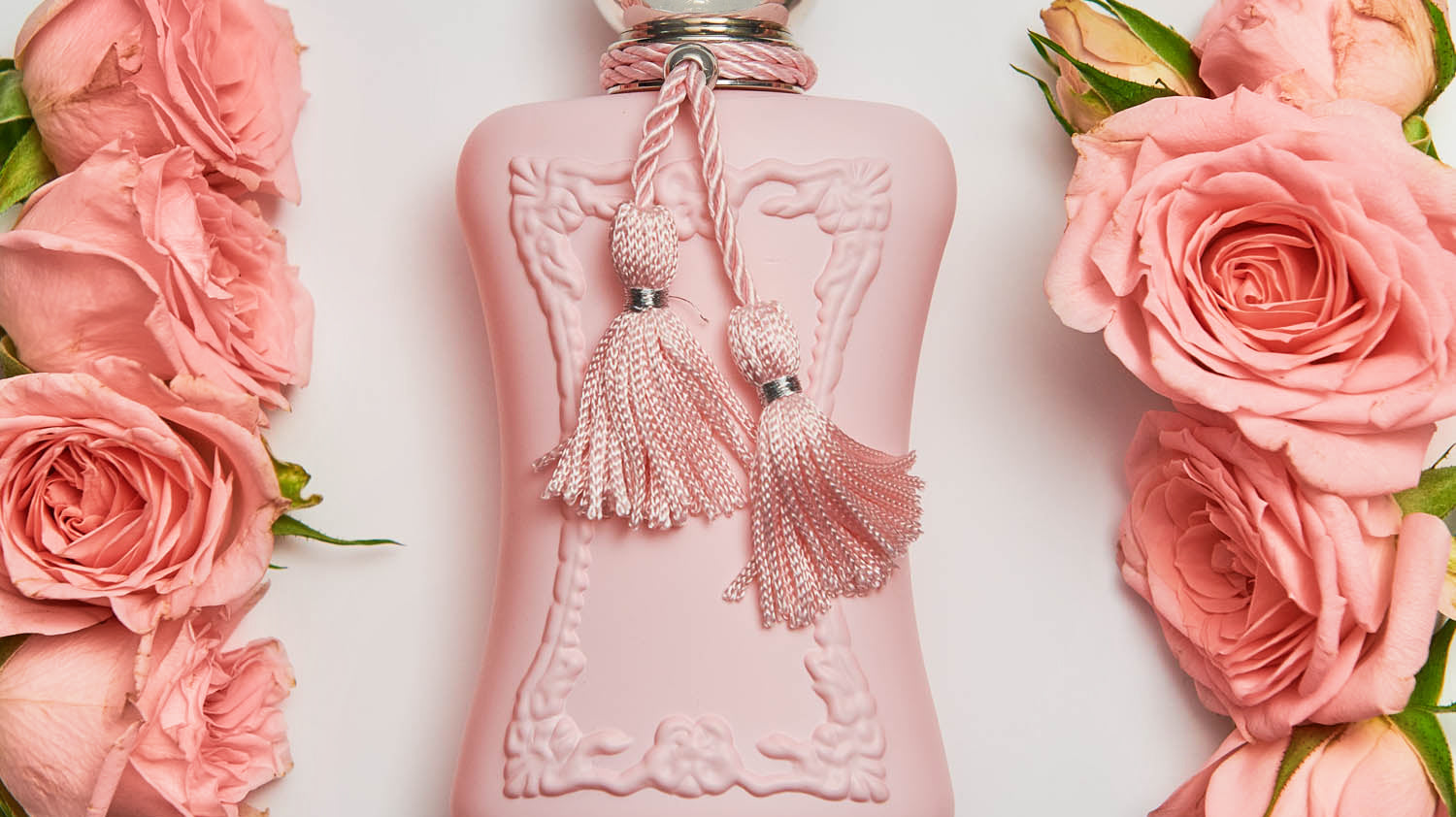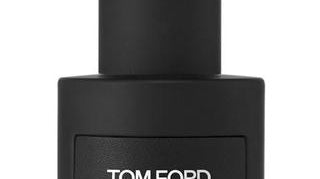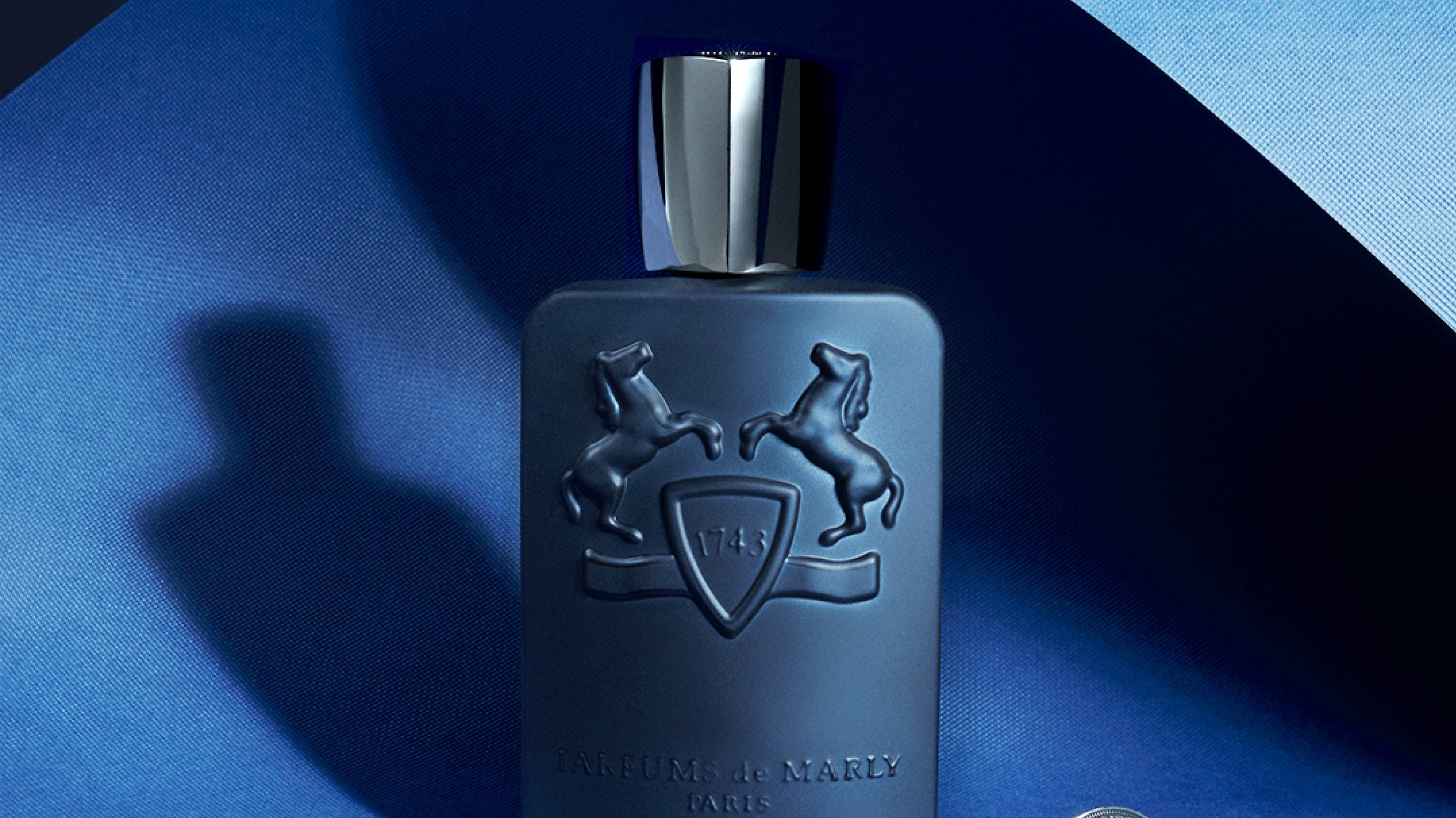Perfume Blog
9 VETIVERS TO END UP WITH SUMMER
Vetiver and grapefruit sky of late summer. These two are eternal lovers. When the heat of the sun sets to the velvety weather of September evenings you find the magical...
A samurai blade (Tom Ford - Japon Noir)
What perfume enthusiasts and bloggers share in common is valuing works that are not producing anymore. Every year a part of world perfumes goes silently or officially out of production...
Frederic Malle – Carnal Flower
“The harlot of perfume world” is the title Roja Dove gave to tuberose flower. Source of one the most erotic smells found in nature. There is a belief in some...
Amouage - Beach Hut Man
Amouage Beach hut Man was created by Elise Benat as an addition to the company’s ‘Midnight Flower’ collection. The scent is created to provide you an escape from the reality,...
Parfums De Marly - Herod
Released in 2012, HEROD was created by perfumer Olivier Pescheux for Parfums De Marly as a 7th addition to the company's successful catalogue. The name Herod pays tribute to the...
Parfums de Marly - Oajan
Released in 2013, OAJAN was created by perfumer Shyamala Maisondieu for Parfums De Marly. Oajan is a village on Iran's border where the famous Arabian horse breed originated.WHEN TO WEAR...
Parfums de Marly - Delina
Released in 2016, DELINA was created by perfumer Quentin Bisch for Parfums De Marly. Going by the company's tradition of naming fragrances on names of Horses, DELINA is named after...
Tom Ford - Ombre Leather
Released in 2018, OMBRE LEATHER was created by perfumer Sonia Constant for TOM FORD. This is almost a tribute to the very successful Tuscan Leather from the company's private blend.WHEN...
Parfums de Marly - Layton
Released in 2016, LAYTON was created by perfumer Hamid Merati-Kashani for Parfums De Marly. This is a niche perfume based on the best aspects of many high end designer fragrances.WHEN...
Top 20 Niche Fragrances for Fall by Steven Gavrielatos
Tobacco Vanille by Tom For Private Blend Tobacco Vanille is a modern take on an old-world men’s club. A smooth oriental, Tobacco Vanille opens immediately with opulent essences...


